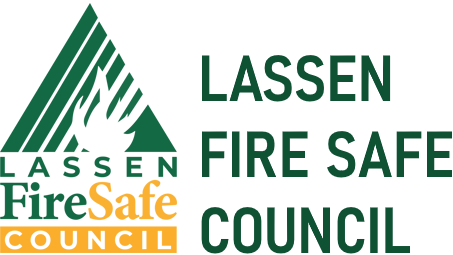Living with Fire – Lassen County Edition
January 28, 2011

Fire has been a natural part of Lassen’s environment for thousands of years. These historic fires were frequent, of low intensity, and a major influence on the appearance of our forests. Beginning in the 1870s, Lassen’s forests and the occurrence of fire started to change.
Much of Lassen National Forest is considered a “fire environment.” It contains flammable vegetation and a climate to support fire. Fire is a natural process in the forest, and many of the plants growing here evolved in the presence of frequent fires. In fact, it is unnatural for fire to be absent for very long in many areas.
Prior to European-American settlement, much of the forest burned, on average, every five to 18 years. Because these areas burned so often, large amounts of wildfire fuels could not build up. Consequently, these f res were usually of low intensity.
The frequency and intensity of fire influences the type and health of the surrounding forests. The frequent, low-intensity fires prior to European-American settlement created an open, park-like forest. The photo at the bottom right corner is of a Defensible Fuel Profile Zone (DFPZ) done in the year 2004. Experts feel this is a good example of what Lassen’s original (prior to European-American settlement) forest looked like.
The low-intensity fires thinned out young trees and shrubs and also reduced the buildup of deep layers of pine needles, leaves, and twigs. The older, thick-barked trees survived this type of fire. As a result, the forest was dominated by patches of large, mature trees with a sparse understory. This is no longer the case for Lassen’s forest.
